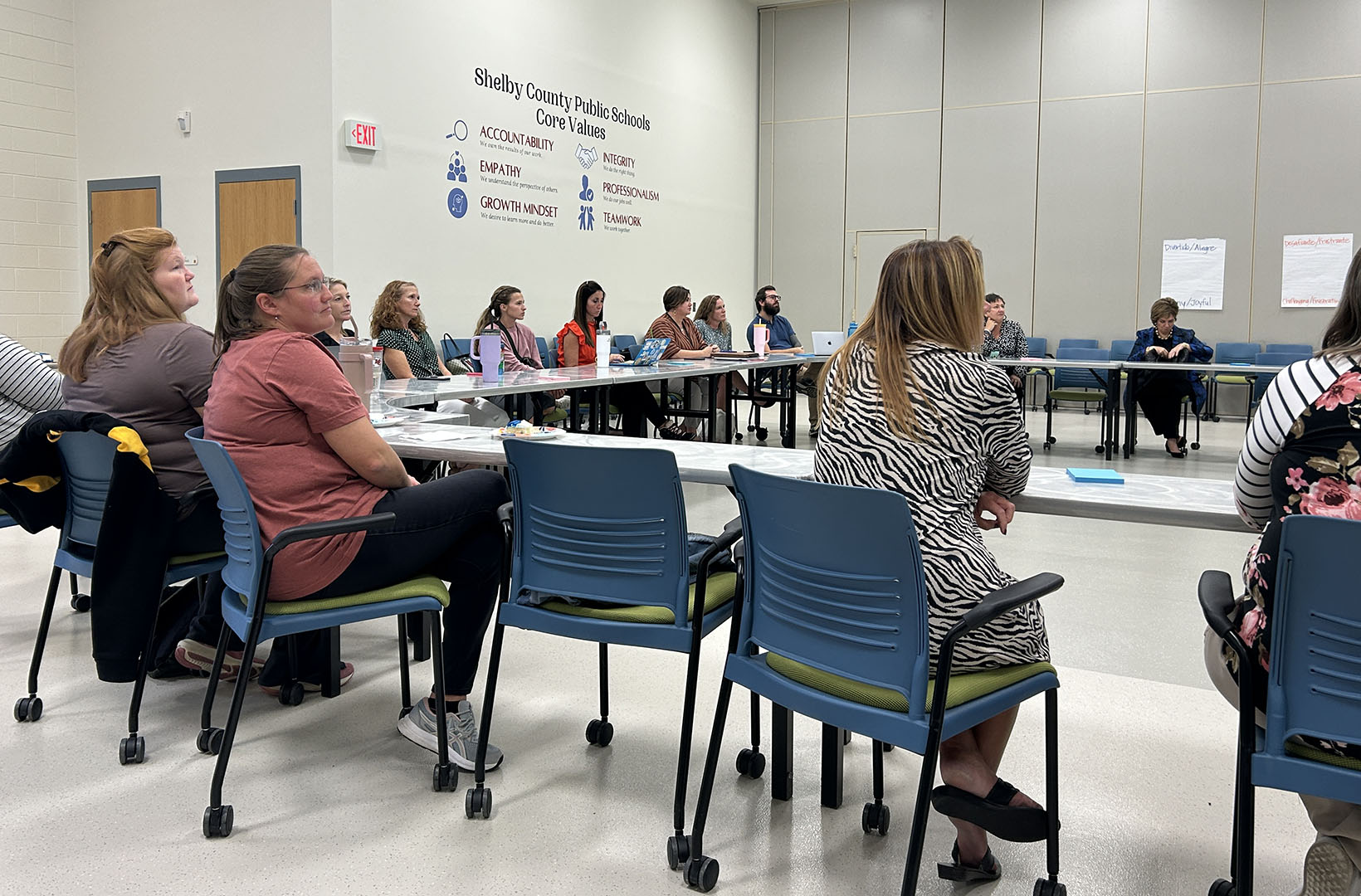By Jill Armstrong
jill.armstrong@greenup.kyschools.us
The students in my U.S. History class embarked on a cultural field trip that took them to Pakistan – courtesy of the virtual world and Global Nomads Group (GNG).
Global Nomads Group is a nonprofit organization that is “committed to fostering dialogue and understanding among the world’s youth.” The organization offer various programs for educators to break down their classroom walls and take their students on an adventure to parts of the world they may never get to visit in person.
In September, I received an invitation from the Kentucky Educational Development Corporation (KEDC) to join the pilot cohort group for a new GNG program called Campfire. Just as a group of friends chat around a campfire in the open air, GNG wanted their Campfire program to bring people together to talk and share through pictures, questions and dialogue. I was immediately on board with the program and could not wait to share the news with my first period class.
Along with 10 other educators, I met with GNG and KEDC in December for extensive professional development. On the morning of the second day, we were able to Skype with our Pakistani counterparts, ask some brief questions and learn which classes would be working together.
The actual Campfire program started in our classrooms in January. My Pakistani partner and I Skyped once over Christmas Break to create a calendar of due dates for the assignment postings and responses. Students were given a brief survey and then issued usernames and passwords to access GNG Connect, the secure online forum. This forum is similar to Blackboard or other platforms used in online college courses. Students can post their questions, answers and photos in specially designed areas and have the ability to private message anyone within the Connect platform.
My students, as a whole, were intrinsically curious and motivated to participate and learn more about their Pakistani counterparts. They were more interested in completing the unit/week assignments online than in the workbook, which felt more like actual class work to them and didn’t allow them to learn about the other class. Both sets of students were, as typical teenagers are, extremely interested in sharing photos of their school, friends and activities. Many of the pictures started a question/answer dialogue where all involved could learn more of each other’s culture and surroundings.
I created my lesson plans to incorporate Campfire for one day a week. It became evident after working through a few assignments that there may be weeks where the class would need two days or part of another instructional period to complete the activities. Any educator that adds Campfire to their curriculum should be flexible and willing to adapt their plans to accommodate the extra time.
The prep time for the program isn’t any more than what you would have for your regular course curriculum. The educator workbook lays out what you should say, do and what you could be looking for as responses from your students. It designates which activity is a forum posting, and where it should go within the forum to allow partner dialogue to occur.
The assignments were created to get students thinking beyond their own world. The essential question of the entire curriculum is “How do we, as youth, engage our communities to create positive social change.” This drives the entire program to the end result of creating a Global Citizenship Project.
The Global Citizenship Project is a co-project created by the classes based on an issue that is a mutual problem in both countries. Campfire walks the students through the steps of identifying the issues, reflecting and responding to the partner’s issue list, conducting interviews, developing an action plan to share with their local community and implementing an action plan as much as they possibly can. The final assignment is to document the project by creating a slideshow, vlog, or video that is shared on the Connect forum and added to the GNG archives.
Because this was a pilot year and we did not have the time to effectively implement the citizenship assignment, each school created its own project. Greenup County’s project focused on racism and the students titled their video and slideshow “Say NO to Racism.” City School-DHA created two slideshows entitled “Say No to Child Labor” and “Surviving Calamities.”
The biggest takeaway for my sophomores during the past four months is that DHA City School students are exactly like Greenup County students. It doesn’t matter that they speak a different language or practice a different religion. They are all teenagers finding their way and that amidst their own obstacles, large or small, teenagers are the same around the world.
KEDC and GNG have a goal to partner 25 Kentucky classrooms with 25 international classrooms in the Middle East for the 2016-17 school year. GNG is actively working to improve the Campfire curriculum during the summer in preparation for the expansion. Chris Plutte, co-founder of GNG, has a long-term goal of each sophomore in Kentucky participating in the Campfire program.
I wanted my students to see the world beyond our walls in rural northeastern Kentucky. My goal was to have them formulate their own opinions about a region that is very sensitive to Americans, by talking to the individuals that live there. Campfire gave my students real world learning, beyond the notes, textbook readings and final exams. It’s an experience they won’t forget.
Jill Armstrong is a social studies teacher at Greenup County High School. She is involved in ECET2KY, founder/adviser of GCHS Chapter of Rho Kappa National Social Studies Honor Society, a member of the Rho Kappa National Advisory Board, professional development presenter and a member of several professional organizations. Information on Global Nomads Group can be found on its webpage at www.gng.org or by contacting Nicole Goggin nicole@gng.org.




Leave A Comment